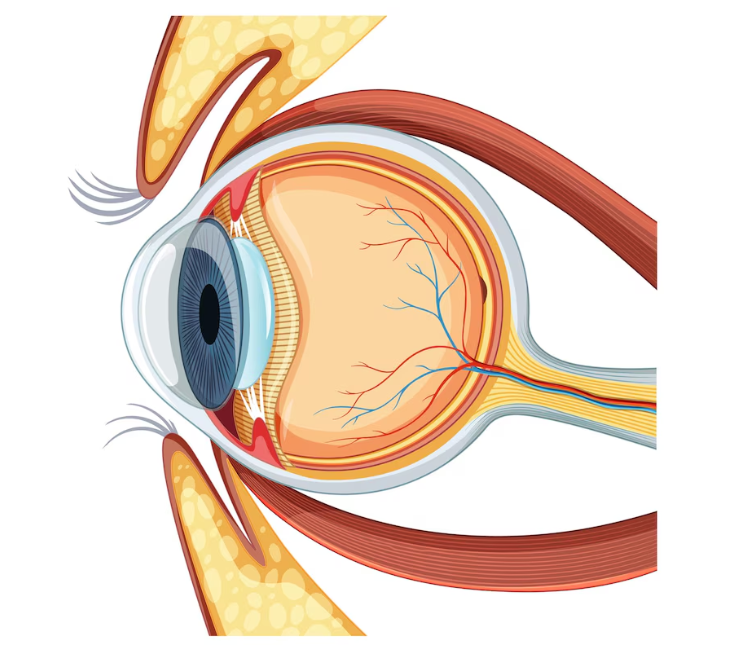Can Cataract Surgery Restore 20/20 Vision?
Introduction
As we get older, our eyes may develop a condition called cataracts. This occurs when the lens in our eye becomes cloudy, leading to blurry vision, seeing yellow or brown, and having difficulty seeing in low light. Luckily, modern medicine has advanced and can now treat cataracts through surgery. During the surgery, the cloudy lens is removed and replaced with an artificial one. Although the procedure is safe and effective, some people may still wonder if it can restore their vision to 20/20 clarity. The answer depends on several factors, such as the severity of the cataract, general eye health, and overall health. In some cases, cataract surgery can restore clear vision. However, other times, there may still be some vision problems that can’t be corrected through surgery alone.
Overall, cataract surgery is a safe and successful procedure that has helped many people regain their visual clarity and quality of life. If you are experiencing cataracts or have any questions about the procedure, it’s best to discuss it with your eye doctor or healthcare provider
Understanding Cataracts and Vision Loss
To fully understand the intricacies of cataract surgery, it’s crucial to comprehend the impact of cataracts on our vision. As cataracts progress, they gradually obscure the eye’s lens, resulting in hazy or blurred eyesight. This insidious process can significantly hamper routine tasks like reading, driving, or even recognizing familiar faces, ultimately compromising our overall quality of life.

The Promise of Cataract Surgery
One of the most common vision problems that people develop as they age is cataracts. This condition leads to the clouding of the natural lens in the eye, resulting in blurry or hazy vision that can make daily activities difficult. Fortunately, modern medical technology has developed a highly effective solution to restore vision compromised by cataracts – cataract surgery. During the procedure, the cloudy lens is carefully removed and replaced with a clear intraocular lens (IOL), which is designed to mimic the natural lens and improve vision. The IOL is implanted into the eye, and it can be customized to the patient’s individual needs and preferences, reducing their dependence on glasses or contact lenses in most cases. This procedure has helped millions of people around the world to regain their vision and improve their quality of life.
Setting Realistic Expectations
Cataract surgery is a well-established procedure that can improve vision to a great extent. However, it’s important to note that achieving perfect 20/20 vision isn’t always possible. The visual outcome of the surgery is influenced by several factors, including the severity of the cataract, the overall health of the eye, and the individual’s visual goals. Additionally, pre-existing eye conditions, such as macular degeneration or corneal irregularities, may have an impact on the final visual outcome. Therefore, it is crucial for patients to have realistic expectations and discuss their concerns and goals with their eye surgeon.

The Role of Advanced Technology:
In recent years, advancements in surgical techniques and intraocular lens technology have propelled the field of cataract surgery forward. Premium IOLs, such as multifocal or toric lenses, offer patients the potential for improved visual acuity at various distances and reduced astigmatism. However, it’s important to discuss the suitability of these options with your ophthalmologist, as they may not be suitable for everyone.
Post-Surgery Recovery and Visual Rehabilitation:
Following cataract surgery, most patients experience a significant improvement in vision within a few days to weeks. However, it’s normal to undergo a period of adjustment as the eyes adapt to the new intraocular lens. Your ophthalmologist may recommend visual rehabilitation exercises or adjustments to your glasses prescription to optimize your visual outcome.
Managing Expectations
While the majority of patients achieve clear vision after cataract surgery, attaining 20/20 vision without glasses or contact lenses may not be realistic for everyone. Factors such as pre-existing eye conditions, residual refractive error, and individual variations in healing may influence the final visual result. Nevertheless, the goal of cataract surgery is to improve visual function and enhance quality of life, allowing patients to enjoy a clearer and brighter outlook on the world around them.

Conclusion
Cataract surgery is a medical procedure that can help improve vision for people who have cloudy vision. It’s important to have realistic expectations before having this surgery. You should work closely with your eye doctor and understand the different factors that can affect the results. During the surgery, the cloudy lens in your eye is replaced with a clear artificial one. This can help improve your vision, but it doesn’t always result in perfect vision. If you had eye problems before the surgery or if there were complications during the surgery, your vision may not be perfect. Some people may also need additional procedures or glasses to get the best results. It’s important to talk openly with your eye doctor about any concerns you have and what you can expect from the surgery. They can answer all your questions and explain the risks and benefits of the surgery. Remember that the goal of this surgery is to help you see the world more clearly. With the help of your eye doctor and a positive attitude, you can enjoy better vision after the surgery.












